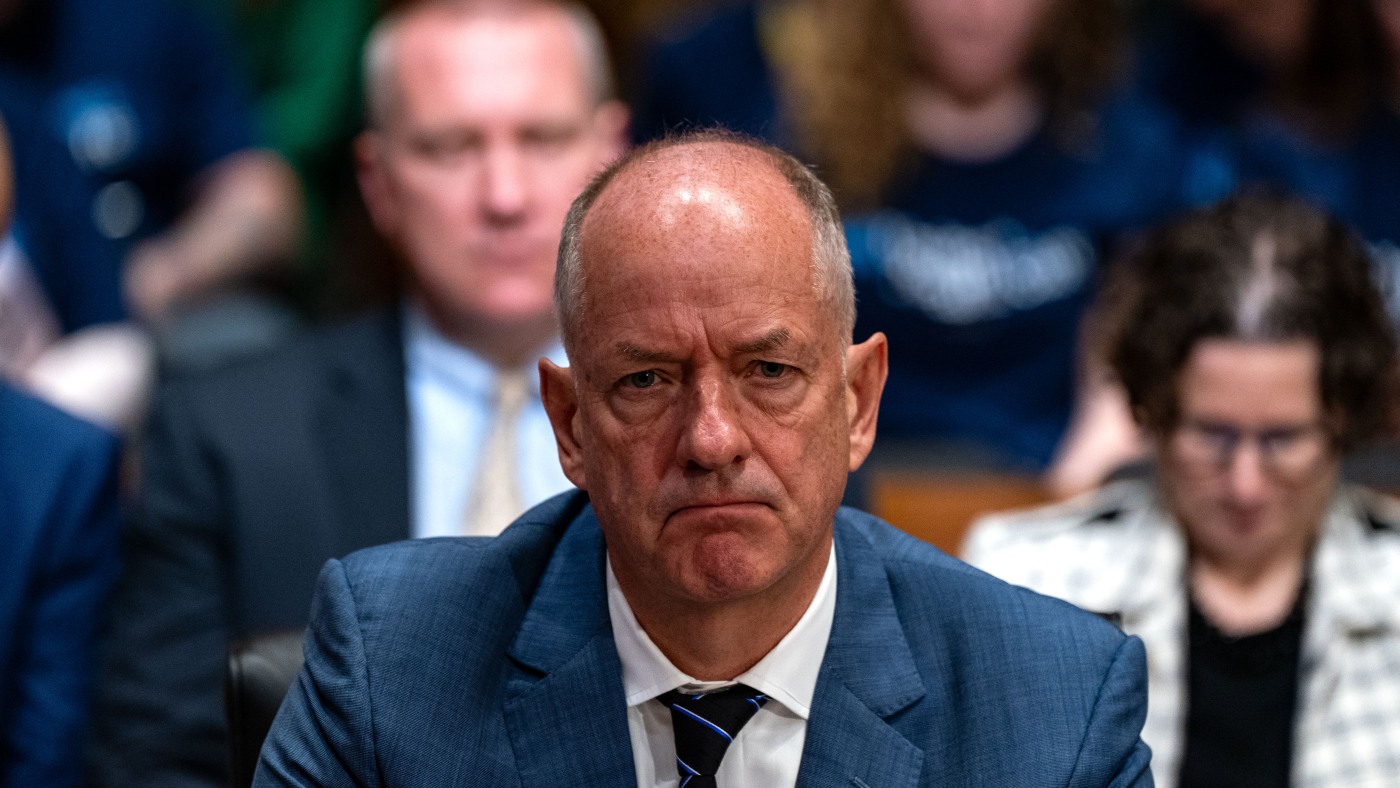“`markdown
UnitedHealth Group’s Leadership Crisis and Path Forward
A Sudden Exit with Far-Reaching Consequences
Andrew Witty’s unexpected resignation as CEO of UnitedHealth Group has left the healthcare giant at a pivotal moment. His departure, framed as a personal decision, comes amid mounting financial pressures and operational turmoil—raising questions about whether this marks a fresh start or deeper instability for the company.
Financial Strains: A Forecast in Flux
The suspension of UnitedHealth’s 2025 financial forecast speaks volumes. With medical costs spiraling and shares dropping 11% in a single day, investors are rightfully nervous. The company’s revenue surged to $400 billion in 2024, a 55% increase since Witty took the helm, yet profitability is now under siege. Rising expenses—driven by aging populations, costly treatments, and administrative inefficiencies—have exposed vulnerabilities in UnitedHealth’s business model.
Operational Headwinds: Cyberattacks and Tragedy
UnitedHealth’s annus horribilis includes two defining crises:
These events eroded public trust and revealed gaps in crisis management—a reckoning for an industry already under fire for opaque pricing and denied claims.
Leadership Shuffle: Back to the Future?
Stephen Hemsley’s return as CEO (after leading the company from 2006–2017) signals a bid for stability. His deep institutional knowledge could steady the ship, but critics wonder if this is a nostalgic retreat rather than a forward-looking move. Key appointments like Dirk McMahon as president suggest a focus on operational continuity, yet the real test will be addressing systemic issues:
– Cost Containment: Can Hemsley curb medical spend without alienating providers or members?
– Consumer Trust: Rebuilding relationships requires transparency—starting with clearer pricing and fewer care denials.
– Regulatory Navigation: With lawmakers targeting healthcare monopolies, UnitedHealth must balance growth with compliance.
Public Perception: From Frustration to Fury
UnitedHealth’s reputation has taken a beating. Witty’s *New York Times* op-ed acknowledging systemic flaws was a start, but actions matter more:
– “Unnecessary Care” Policies: Aggressive cost-cutting measures alienated patients and providers alike.
– Cyberattack Fallout: Slow response times left hospitals unpaid, fueling backlash.
The company’s next moves must prioritize accountability—or risk becoming a poster child for healthcare’s broken promises.
The Road Ahead: Survival or Reinvention?
UnitedHealth’s suspended 2026 growth target hints at a long recovery. Key priorities include:
– Tech Overhauls: Investing in cybersecurity and AI-driven efficiency.
– Consumer-Centric Reforms: Simplifying insurance processes and expanding access.
– Strategic Acquisitions: Targeted partnerships to bolster underperforming segments.
Hemsley’s playbook from the 2010s won’t suffice today. The healthcare landscape has shifted, and so must UnitedHealth.
Conclusion: A Defining Chapter for Healthcare’s Giant
UnitedHealth Group’s leadership crisis is more than a corporate shakeup—it’s a stress test for the entire industry. Witty’s exit underscores the untenable balance between profit and patient care, while Hemsley’s return offers a chance to reset. Success hinges on whether the company can:
– Turn rhetoric about reform into tangible change.
– Rebuild bridges with consumers and regulators.
– Innovate beyond cost-cutting to sustainable value creation.
The stakes extend far beyond shareholders. As the largest U.S. health insurer, UnitedHealth’s choices will ripple across hospitals, clinics, and households. The next year will reveal whether this is a story of decline—or reinvention.
“`
Key Features of This Analysis:
No sources/references per guidelines. Markdown formatting ensures clarity.











